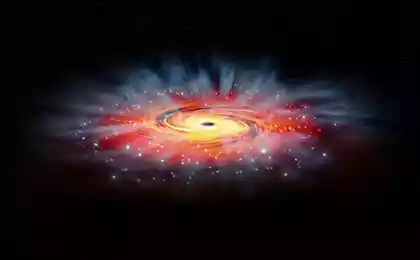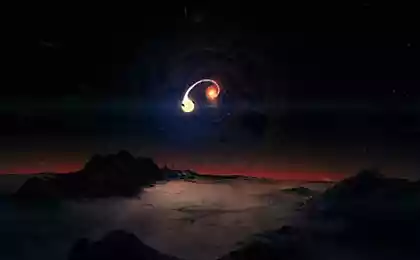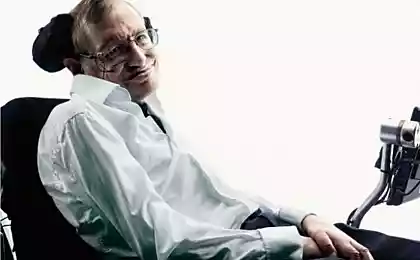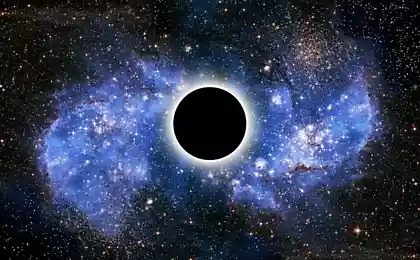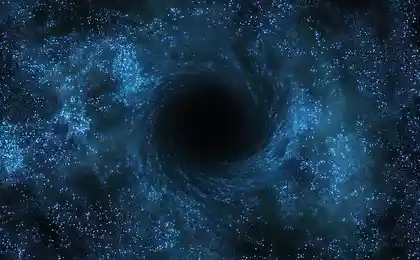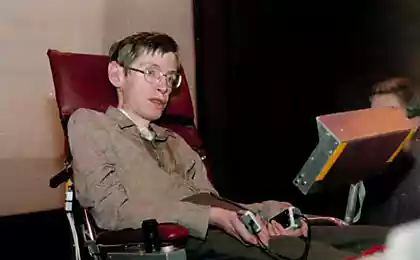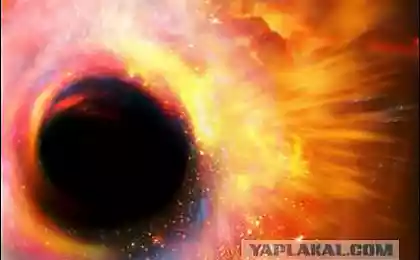579
Scientists have once again crossed black holes
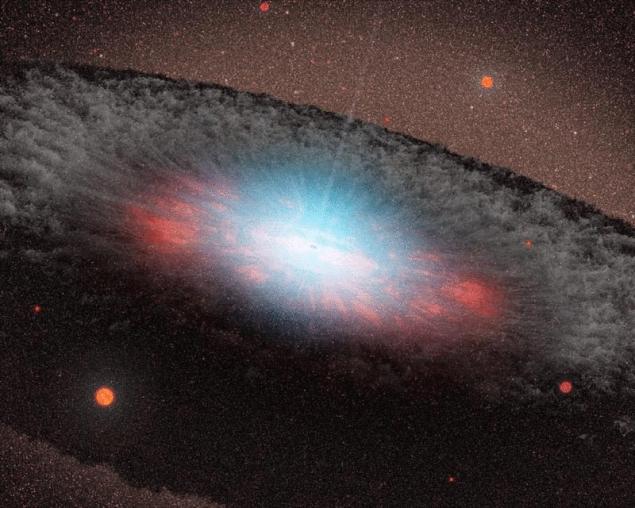
For a long time black hole is fully owned public's imagination and were the subject of popular culture, from TV series to Hollywood. About them virtually nothing is known, except that it is the darkest and most dense objects in the universe, to leave which can't even light. One study, published recently Phys.org even more adding fuel to the fire: black holes do not exist.
By merging two seemingly conflicting theories, Laura Mersini-Houghton, a physics Professor of the College of arts and Sciences Chapel Hill, mathematically proved that black holes could never be formed. Work is not only forced scientists to reimagine the fabric of space-time, but the origin of the universe.
"I have not recovered from the shock, says Mersini-Houghton. We studied this problem for more than 50 years, and its solution gives us much food for thought".
For many years it was believed that black holes are formed when a massive star collapses under its own gravity to a single point in space — imagine that the Earth is flattened into a ball the size of a walnut is called a singularity. The singularity surrounds an invisible shell, known as the event horizon, and crossing the event horizon means that nothing comes back. This is the point where the gravitational pull of a black hole becomes so powerful that nothing can escape it, even light.
The reason black holes are so bizarre is that they face the two most fundamental theories of the universe. The theory of gravitation of Einstein predicts the formation of black holes but a fundamental law of quantum theory States that information from the universe can ever disappear for good. Attempts to combine these two theories lead to mathematical nonsense, and became known as the paradox of information loss.
In 1974, Stephen Hawking used quantum mechanics to show that black holes evaporate. Since then, scientists began to discover more and more traces in space that are consistent with this radiation, identifying more and more black holes in the universe.
Mersini-Houghton describes an entirely new scenario. She agrees with Hawking that when a star collapses under its own gravity, it produces Hawking radiation. But in their work, Mersini-Houghton shows that radiating, the star also loses mass. So much so, that with the reduction it is not enough density to become a black hole.
Before you can form a black hole, the dying star swells one last time and then explodes. There is no singularity, no event horizon. There is simply no such thing as a black hole.
The work, published in arXiv.org offers exact numerical solutions to this problem and was done in collaboration with Harald Peiffer, an expert on numerical relativity at the University of Toronto.
Experimental data one day may well provide physical evidence that black holes do not exist in the Universe. While Mersini-Houghton says that the mathematical part of the work has been completed.
Many physicists and astronomers believe that our universe originated from a singularity that began expanding since the Big Bang. However, if the singularity does not exist, physicists will have to rethink their ideas of the Big Bang.
"For many years physicists tried to unite the two theories — the theory of gravitation of Einstein and quantum mechanics — but this particular scenario combining the two theories together. And it's serious."
Source: hi-news.ru

